7 Dumbest Pull-Up Mistakes Sabotaging Your Back Growth!
STOP DOING THESE!
There’s something magical about the number seven. Seven Wonders of the world, seven days in the week, seven deadly sins, and the list goes on. However, there’s NOTHING magical about the 7 pull-up mistakes that you might be making that are sabotaging your gains! Today we are going to take a look at the 7 pull-up mistakes that are holding you back from not only making gains, but also progressing with the movement.
Mistake #1: Avoiding Pull-Ups Because You Can’t Perform Even One Repetition
This is the first mistake because it is without a doubt the most important! Too many of you say you skip doing pull-ups because they are too hard or that you can’t do many reps, so you would rather spend your time in the gym doing other exercises. But that is just an excuse, especially since there are so many ways to get over the initial barrier of performing one repetition, to a full set of pull-ups.
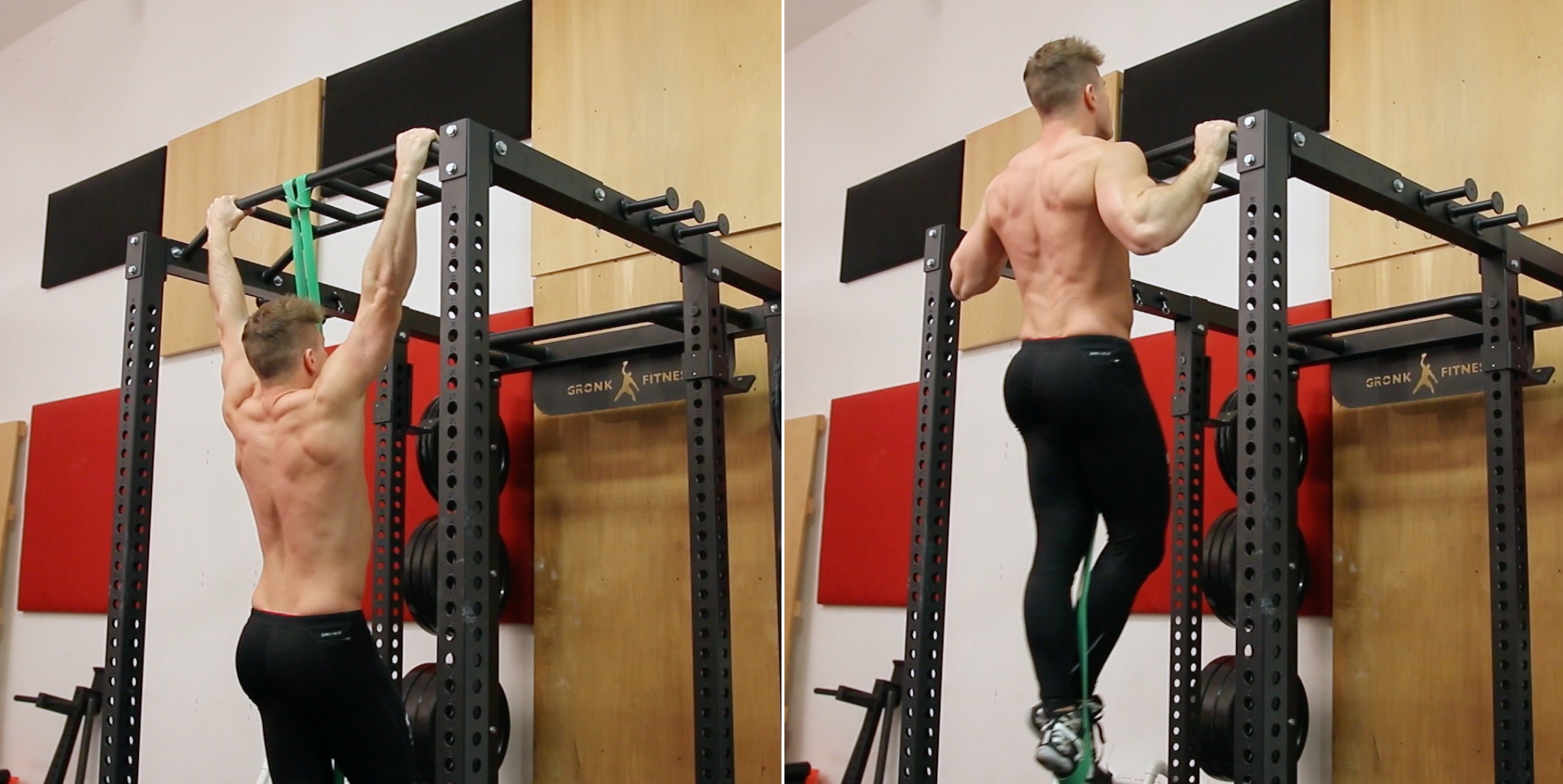
For example, most gyms today have assisted pull-up machines or you can even utilize bands to help displace your weight. All you need to do is start by displacing, let’s say, 50% of your bodyweight, and then work into decreasing that number as you continue to grow stronger and bigger muscles over time, just like ANY OTHER EXERCISE. Then eventually, you’ll be able to perform one full pull-up without the assistance of the machine, and it’s just a matter of time before you can start banging out 5, 6 or 8 reps in a row.
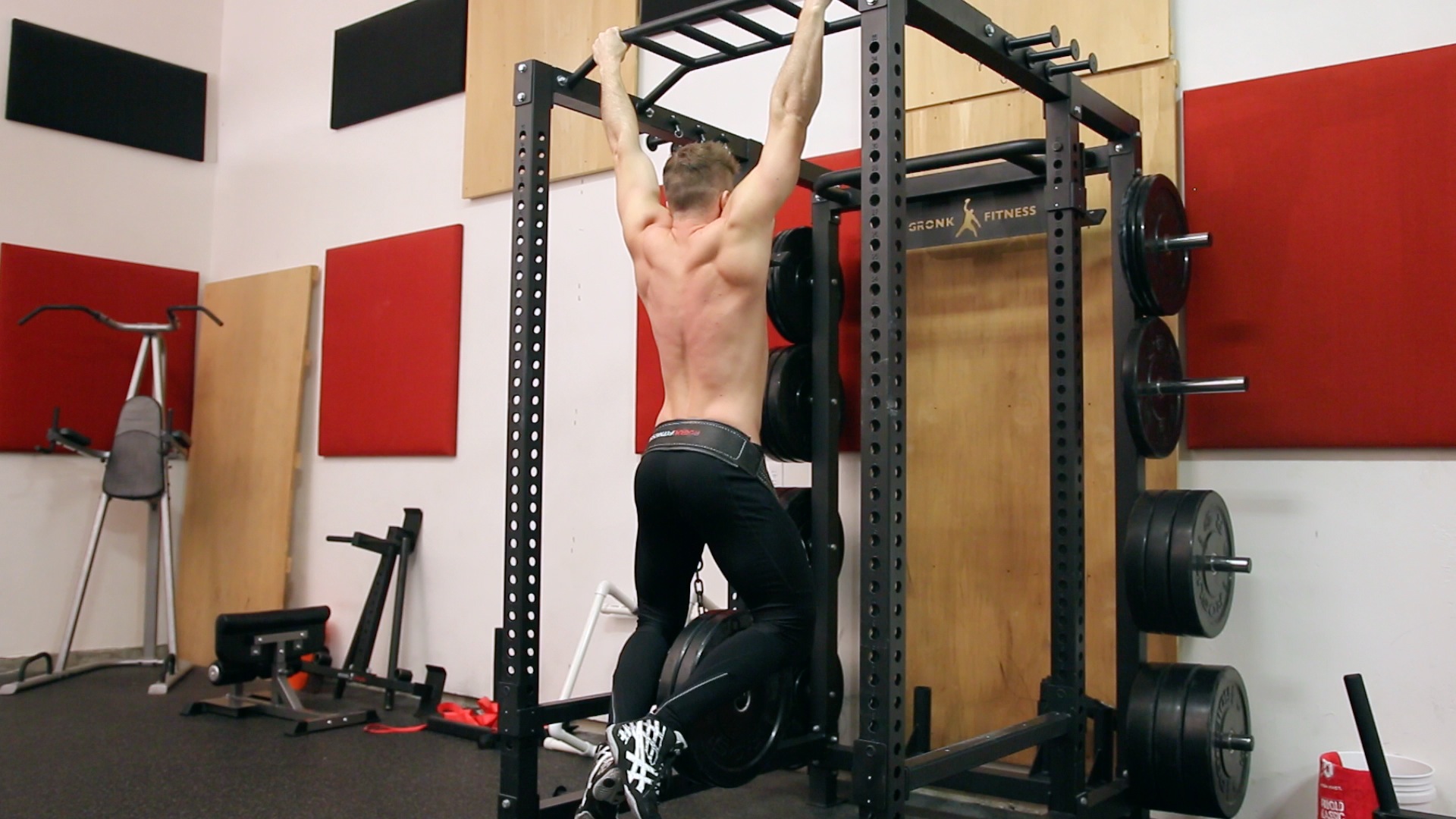
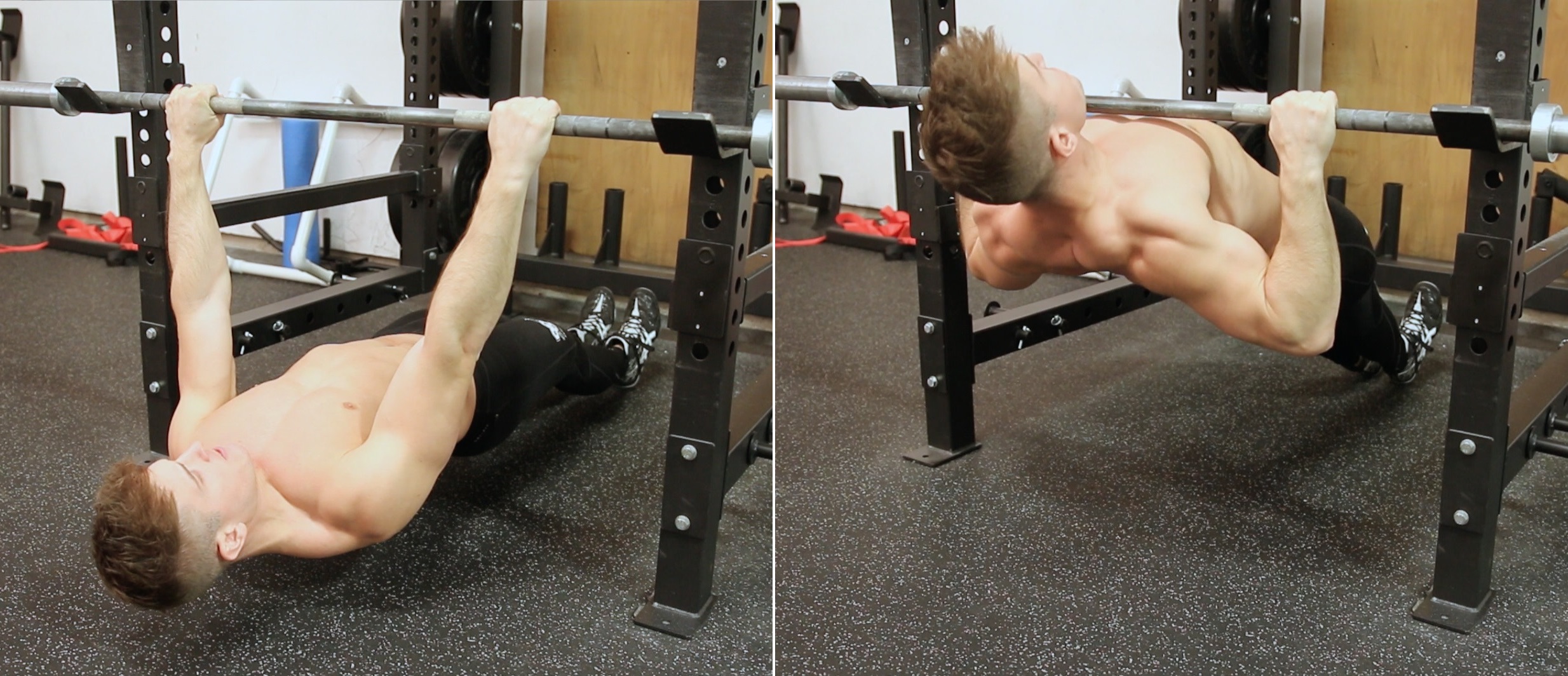
On top of that, there are other ways to increase your pull-ups such as doing jumping negatives, inverted rows, or you can even do DEAD HANGS which I actually made a video about a while back. And even if that isn’t enough to get you going with your pull-ups, you can check out my other video called “How To: Pull Up & Tips To Increase Your MAX REPS! For Beginners Too!” But at the end of the day, if you are not utilizing the pull-up, which is one of the most effective compound movements to build your upper body strength and mass, I strongly urge you to reconsider. Otherwise you will be missing out on some serious gains and progress, trust me.
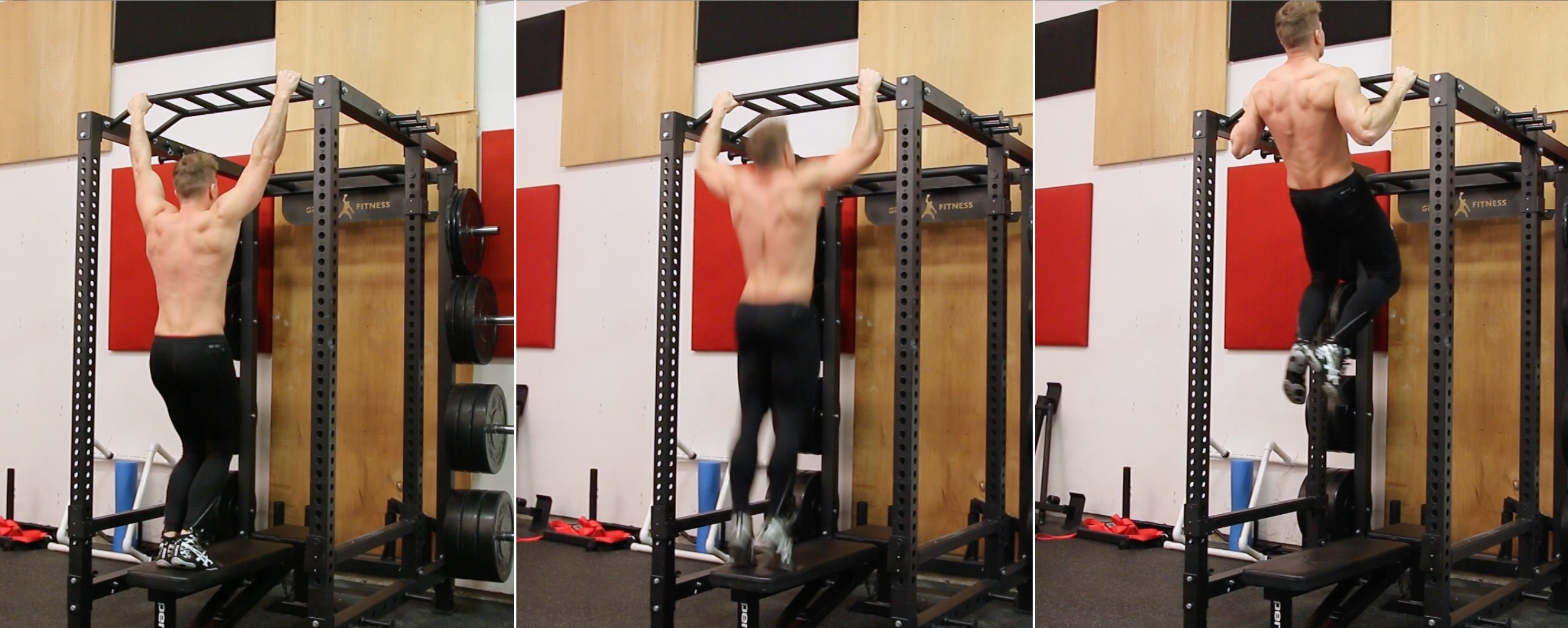
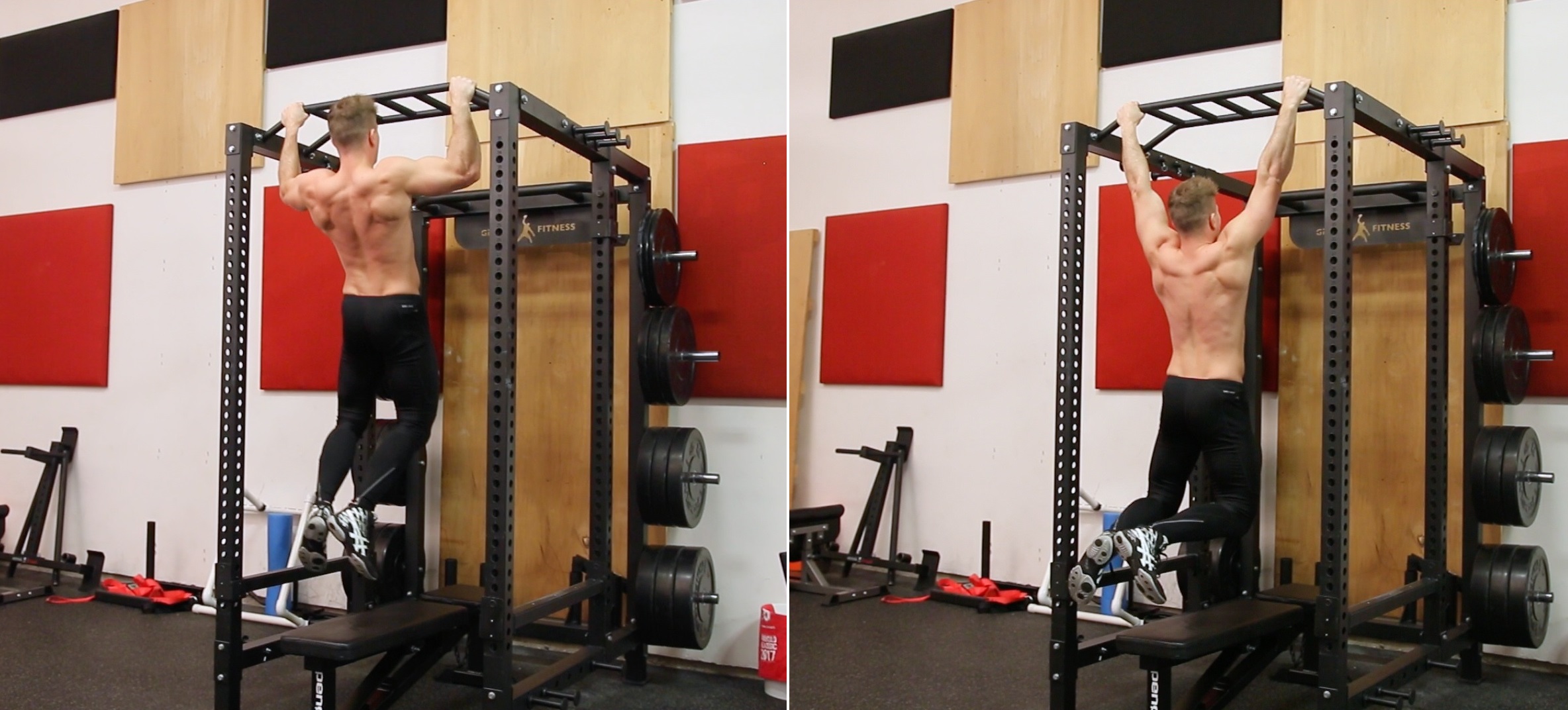
Mistake #2: Not Going All The Way Down
First off…get your mind out of the gutter! We are talking about range of motion. Now, whether it’s chin-ups or pull-ups, many of you struggle to get your chest or at least your chin close to the bar at the top of the movement. But to be honest, I don’t really care about that. Going all the way up is a matter of shoulder strength and flexibility and it’s not a MUST to maximize the pull-up. Of course you should be going as high as you can on every rep, but don’t feel defeated if you can’t bring your chest to the bar. However, what I do care about is when I see dudes in my gym totally ignoring the stretch at the bottom part of the movement. ESPECIALLY when they are doing weighted pull-ups! I think to myself ‘bro, you didn’t even pass stage 1 yet, put the weights down and get it right!’ As you all know by now the negative is the most important part of the range of motion for any exercise. But to take it one step further, THE STRETCH at the end of the negative is EVEN MORE important.
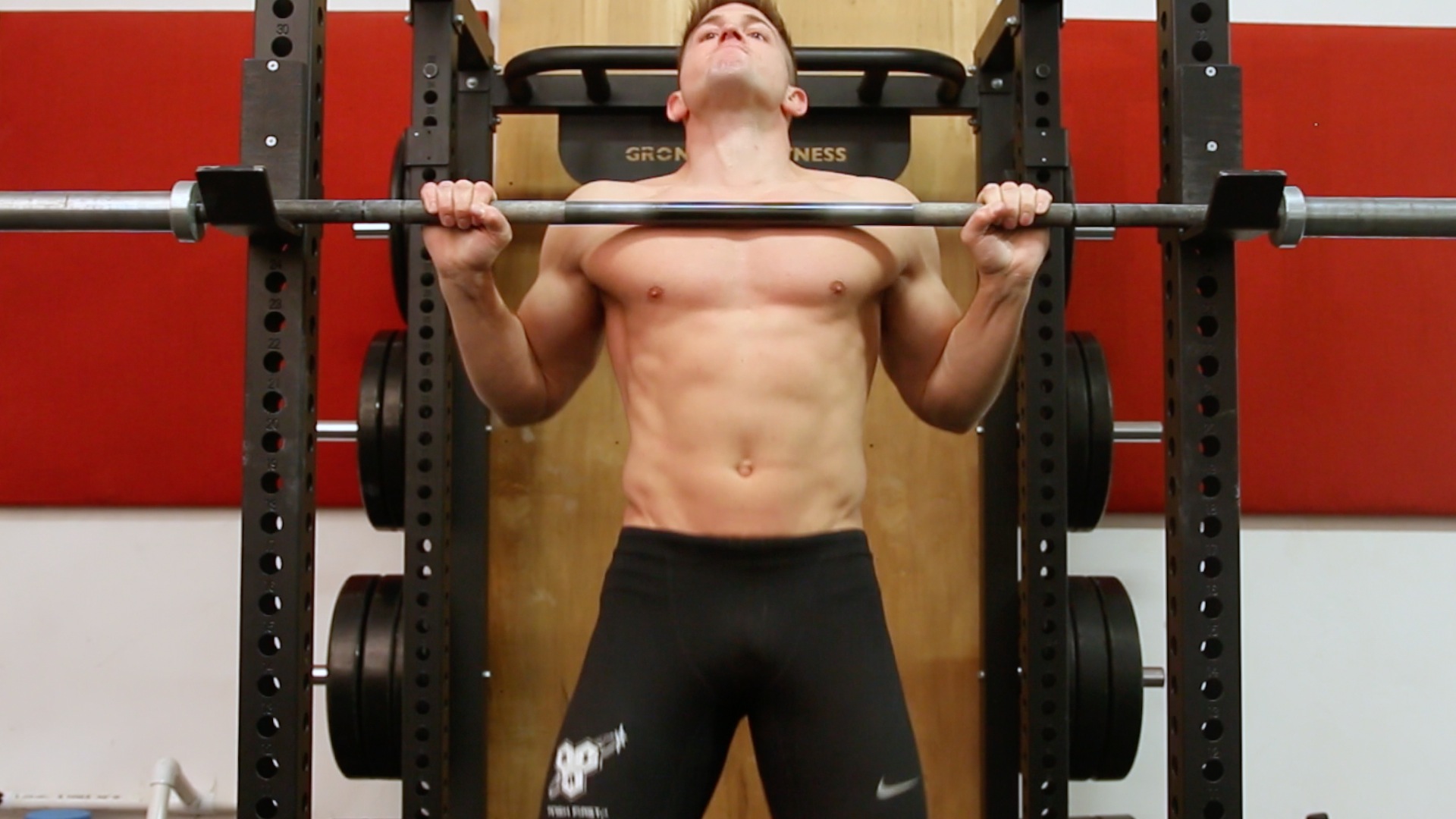
Keep in mind that OF COURSE by avoiding the lockout you’re able to perform more repetitions, but at what cost? How do MORE SHITTY reps help you build more muscle? The answer is, they don’t. But on the other hand, when you do go all the way down, even if you get a few less reps, you’re still setting up your lats up for an incredible stretch at the bottom of the movement that will completely tear your muscles apart. THAT’S what’s going to spark new growth, NOT doing as many repetitions as possible with bad form.
So for your next set of pull-ups, once you get to the top of the range of motion, I want you to control the negative and slowly lock-out your elbows and shoulders by completely hanging from the bar on each rep. Really feel that insane stretch in your lats and then re-engage and go all the way up for your next rep and repeat. Then once you get tired, use momentum or jumping to push through the concentric portion of the pull-up so you can continue to focus on the negative, until you finish all your reps.
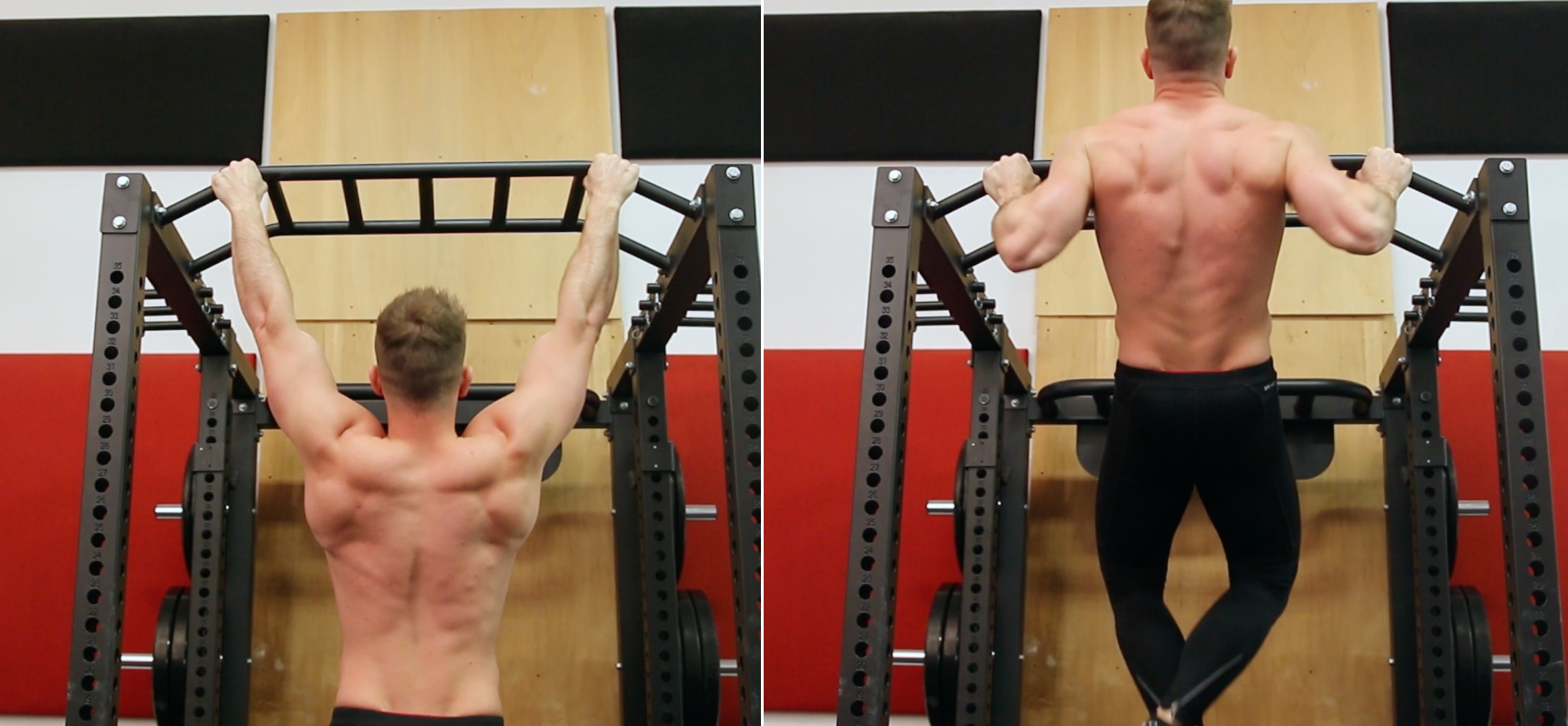
Mistake #3 : Using Too Much Momentum
This isn’t Crossfit people. With our workouts we’re actually TRYING to make gains with pull-ups, not see how many times we can thrust our face over the bar. Doing 50 pullups in a row might sound good in theory, however, your muscles aren’t easily fooled, which is why kipping is not a particularly effective pull-up technique in terms of BACK GROWTH or STRENGTH. In fact, I personally think kipping should be its own exercise, not a “way” to do more pull-ups, especially when you’re getting started with the exercise. Now don’t get me wrong, I do use jumping or a bit of momentum myself to skip the concentric portion of the movement when I need to. But if you do too, you should still be 100% in control of the negative and focus on a 1 second dead hang at the bottom of every rep. Kipping is more of a continuous movement.
With that being said, if you’re currently stuck at 8 reps with your body weight and can’t possibly do more reps, I suggest you increase the resistance by strapping a 10lb or 20lb plate to your body and perform a few “cheat” reps while focusing on the negative. I guarantee that if you do that for a few weeks, when you try bodyweight pull-ups again, you’ll be able to do a lot more than 8! But for the rest of you who are still finding your way when it comes to training, focus on nice clean reps, with a controlled positive AND negative as much as you can.
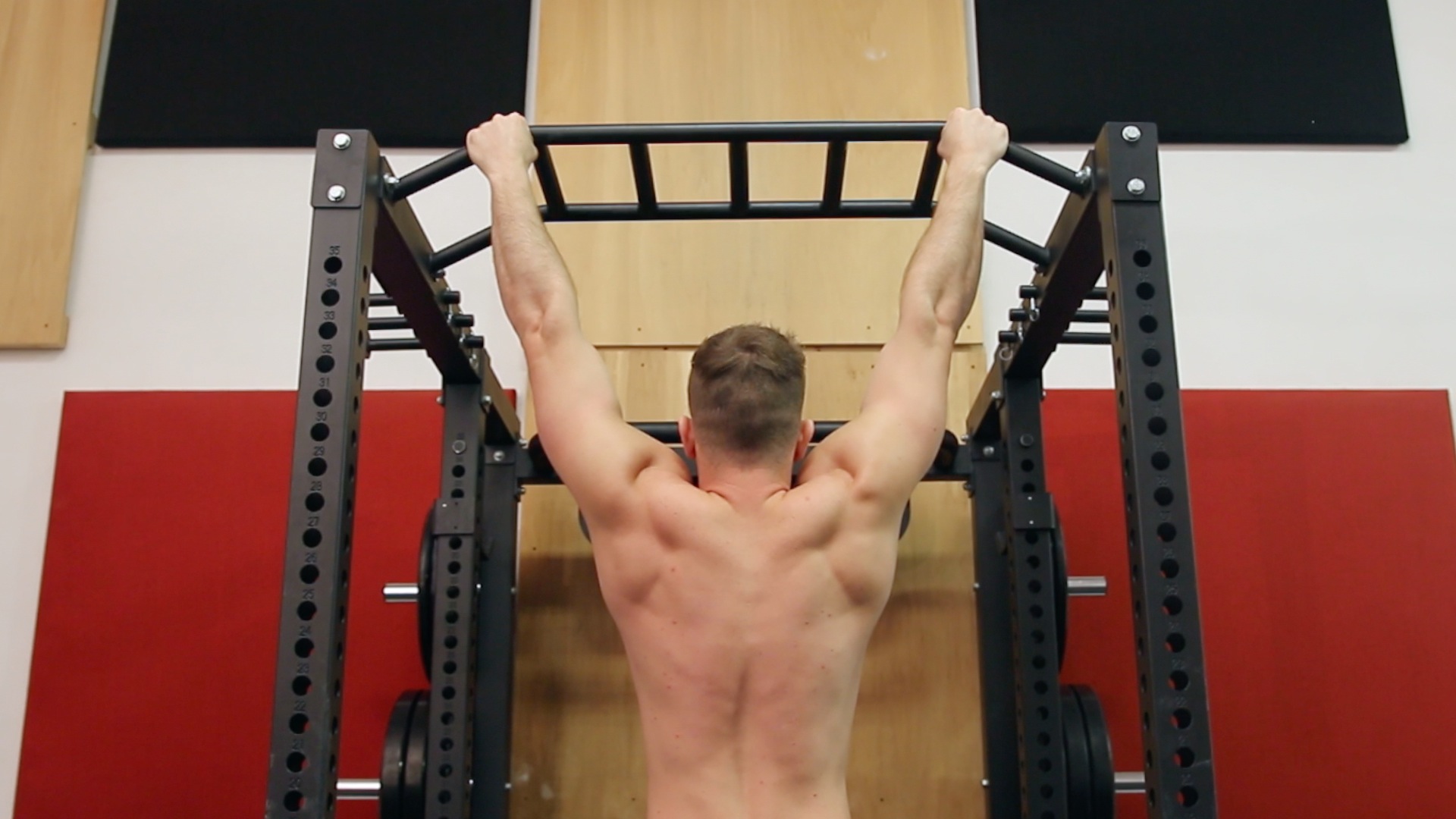

Mistake #4: Pulling With Your Biceps & Not Your Lats!
Just because you’re performing a pull-up doesn’t necessarily mean you’re targeting your lats properly. Trust me, there are a lot of ways to screw up the movement and if you’re feeling it too much in your biceps, forearms and shoulders, then you better listen up!
The form fix is actually much simpler than you think. All you need to do is fix how you INITIATE the pull-up and you are good to go! For example, let’s say you are dead-hanging from the bar, which is the starting position for EVERY rep by the way. Now, instead of pulling your body up using your biceps and arms, I want you to envision pulling with your elbows. Visualize your hands as hooks and initiate the movement by retracting and depressing your shoulder blades. Believe it or not this slight movement will activate your lats and serratus with minimal bicep engagement. From this point forward, try to focus on this one little movement before the start of every rep to ensure you are targeting your lats as much as possible. Also, another great way to make sure you’re working your back instead of your arms is to stick your chest up, and lean back just a bit, so give it a try on your next workout!
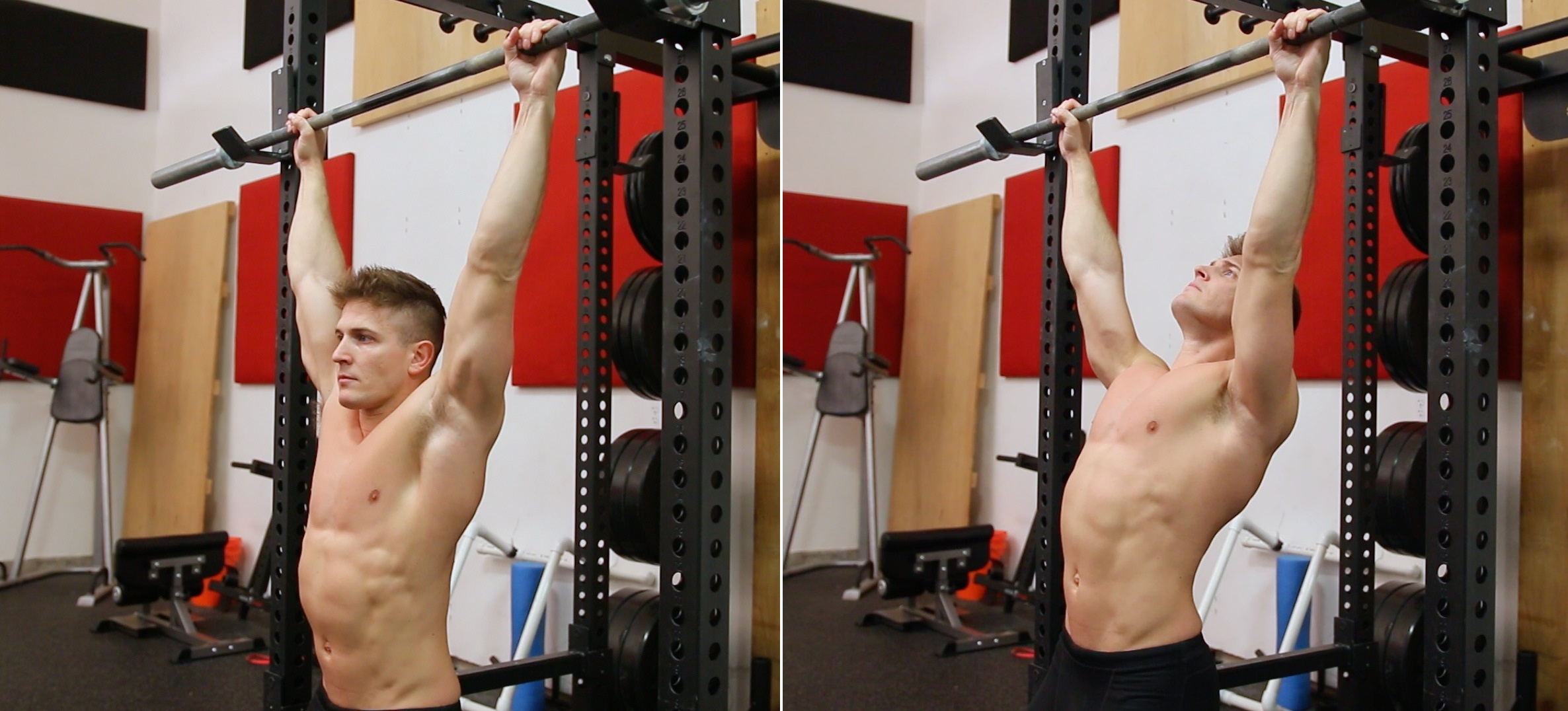
Mistake #5: Utilizing A Super Wide Grip
The fifth mistake when it comes to the pull-up has to do with your grip. It’s actually a very common misconception that the wider your grip is, the more you train the width of your lats, and with a narrower grip, the more you work your back thickness. This couldn’t be further from the truth, and here are two reasons why:
- Any vertical pull works primarily your back width, as every horizontal row works primarily your back thickness.
- A shoulder width-grip would actually work more of your back width than a wide grip anyway.
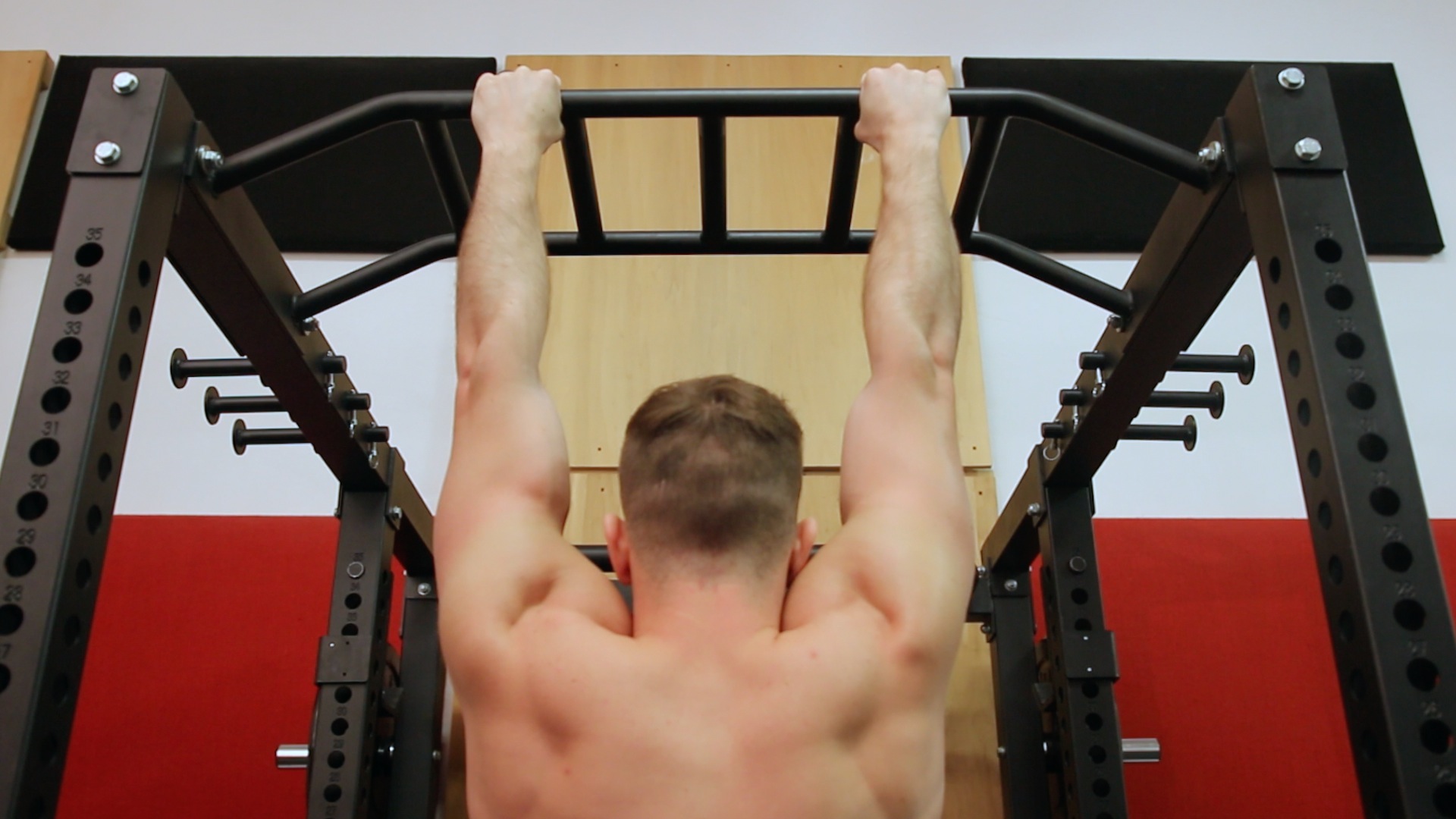
It’s similar to training biceps. A narrow grip on the barbell works the OUTSIDE of the bicep, while a wide grip works the INSIDE. Now I know there are a lot of “trainers” and “gurus” out there advocating the use of a very wide grip to work on your lats more, but let’s face it, it’s far from optimal. Why? Well, first and foremost you’re greatly shortening the range of motion. Also, the wider the grip, the more your elbows flare out which means you’re not in a mechanically advantageous position to lift as much weight as possible. Remember, if you want to see muscle growth you need to OVERLOAD your muscles as much as you can. But their thinking is that because your elbows flare out, your biceps and forearms will not come into play too much. While that’s true, as I said, you are still severely limiting the range of motion and how much weight you can lift.
Secondly, the wider your grip is and the more your elbows flare out, this is placing your shoulders in a dangerous position. The problem is that you’re externally rotating the shoulder joints almost to the max of their range of motion, and then you’re placing resistance on there too. Now, if you’re really flexible, you’ll most likely be fine. But for most of us it’s much smarter to keep our shoulders in a position where they are safe and will allow us to maximize our strength for the movement.
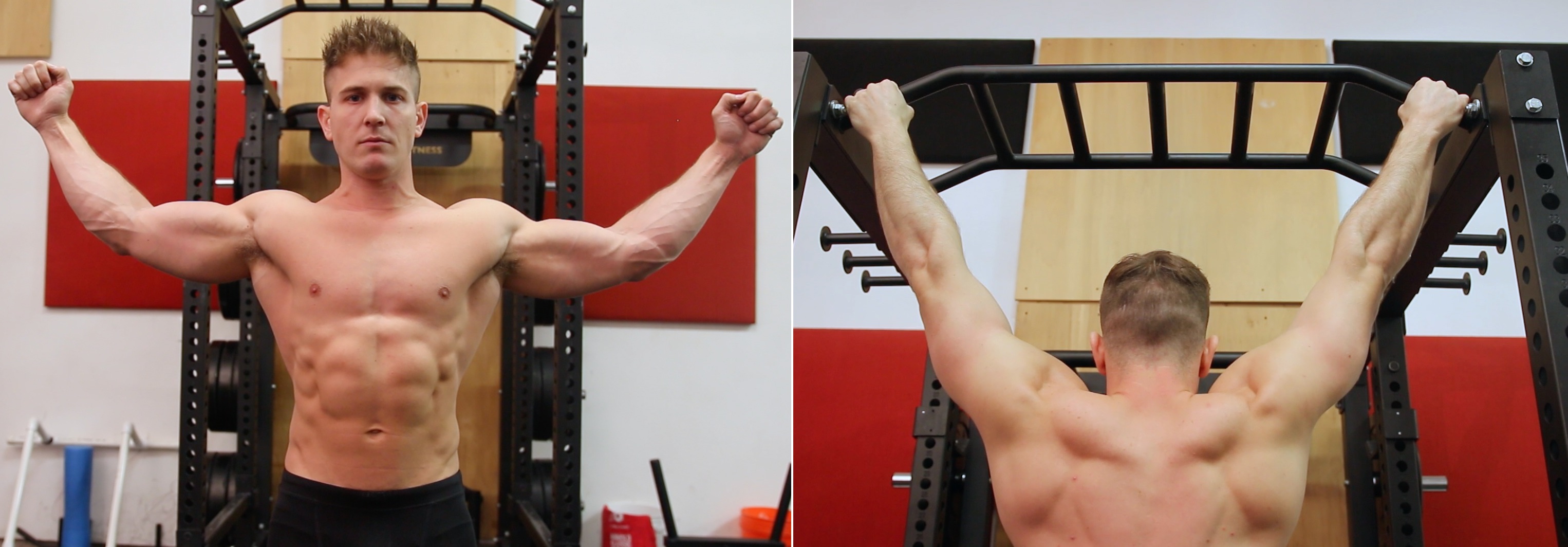
Mistake #6: Not Stabilizing Your Lower Body
Here’s where it gets interesting. You’ll see many people performing pull-ups, but they don’t really seem to be able to control their legs for the duration of the exercise. But why? And what does it have to do with building muscle and strength? This mistake is called an “energy leak”, and it’s when you’re leaking energy from various parts of your body instead of funneling all your strength into the muscle group you’re trying to target. In the case of pull-ups, swinging your legs back and forth and not being able to control them means you’re limiting the amount of reps you can perform, simply because your body is struggling to stay upright.
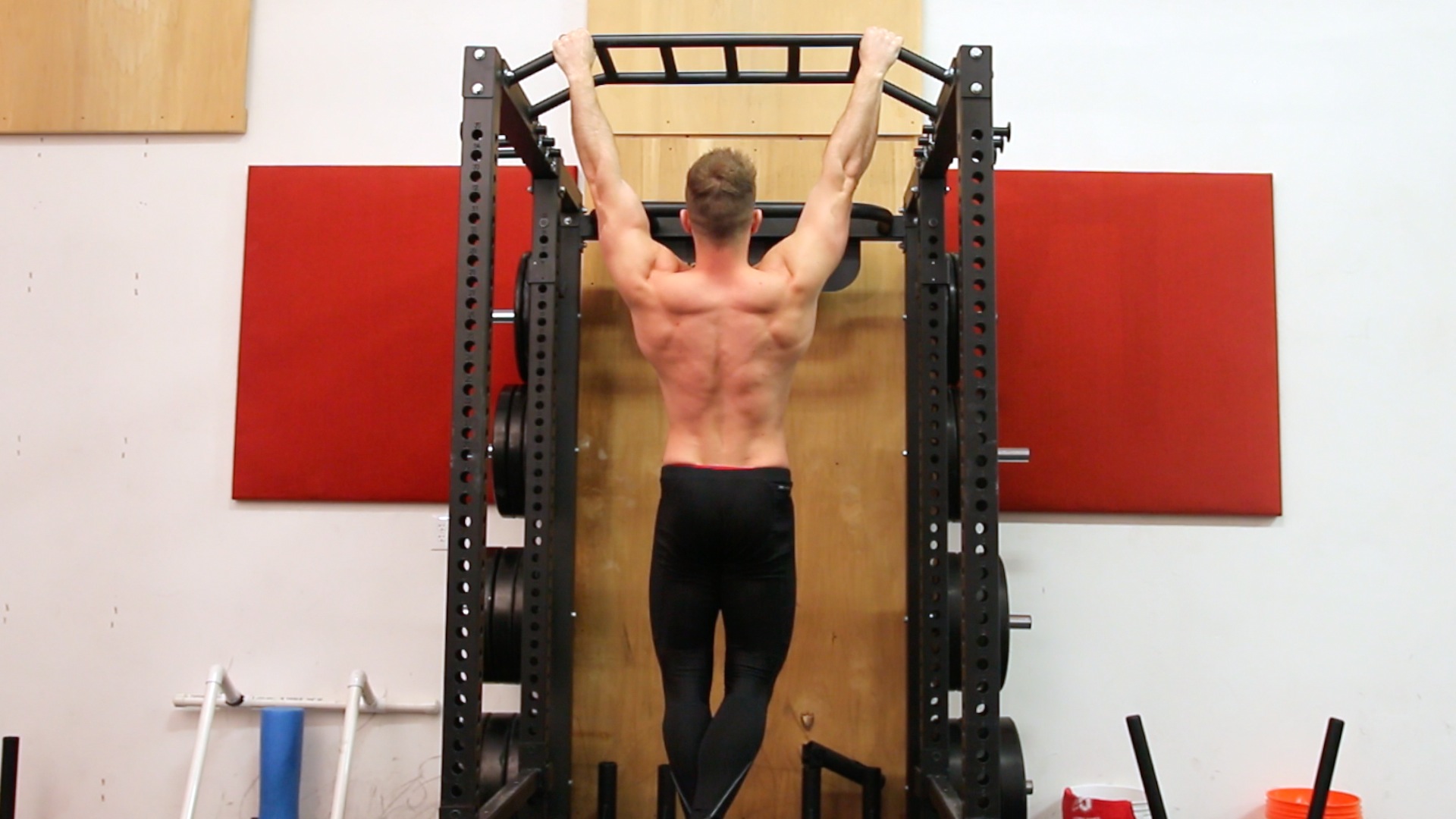
So here’s how you fix it. Jump on the bar and simply hang from it for 2 seconds until your lower body stops swinging. Now comes the tricky part. I want you to flex and contract your glutes, quads, calves and abs as hard as possible and keep them that way until you finish your set. This will allow you to let your body work as ONE unit, and funnel all your energy output into the pull-up. This quick fix alone will allow you to perform 2 or 3 additional reps, instantly!
Mistake #7: Not Progressing With The Movement
The pull-up is one of the most effective, if not the most effective tool you have in your muscle building arsenal, but you have to train smart and always focus on progressing with the movement. There are several different ways to progress with the pull-up, the best of which is simply strapping more weight onto your body. You can use a weight belt, a weighted vest, or even just hold a dumbbell between your feet. Whatever works best for you.
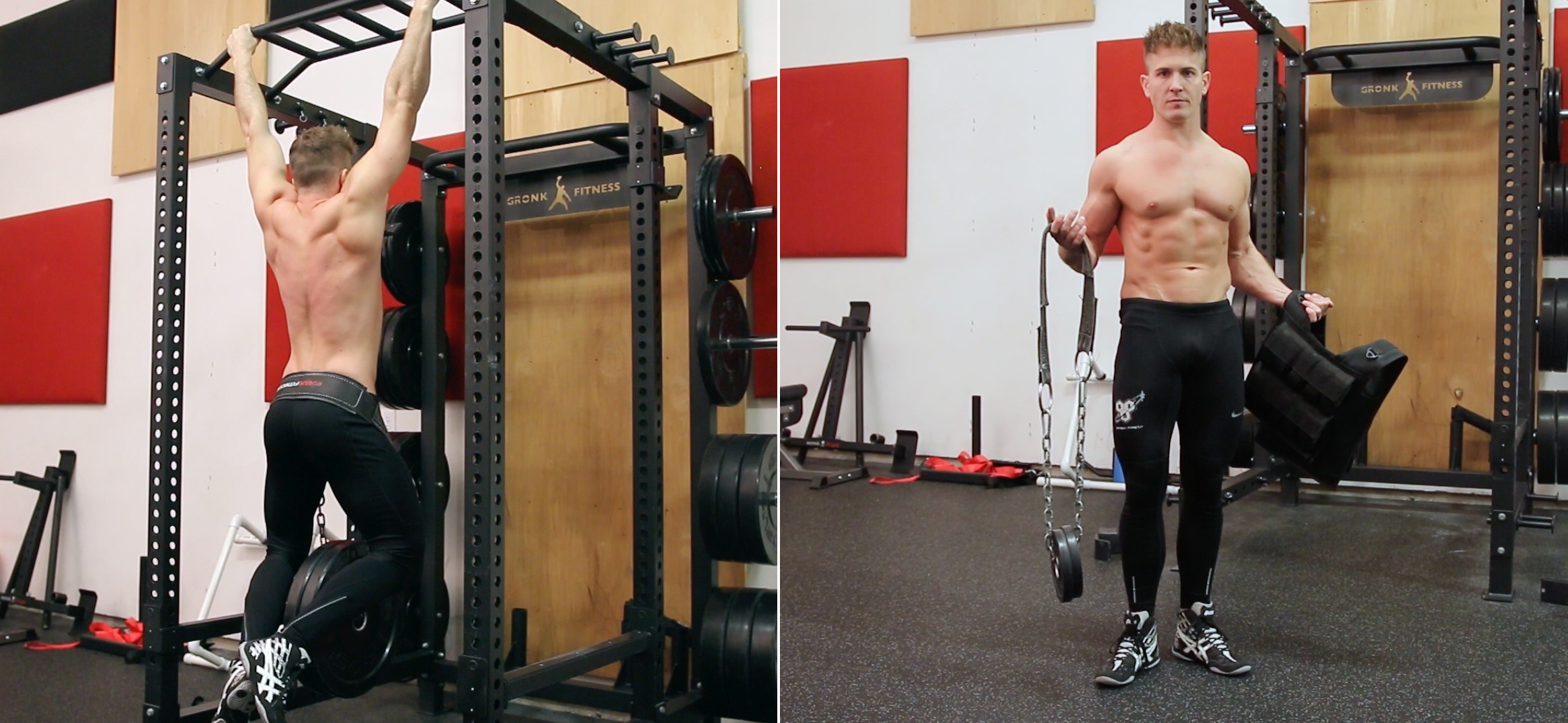
Another way you can progress without using any extra weight is by using a spotter. You can perform as many reps as you can until failure, and then have a friend help you with the concentric part of the movement while you’re controlling the negative.
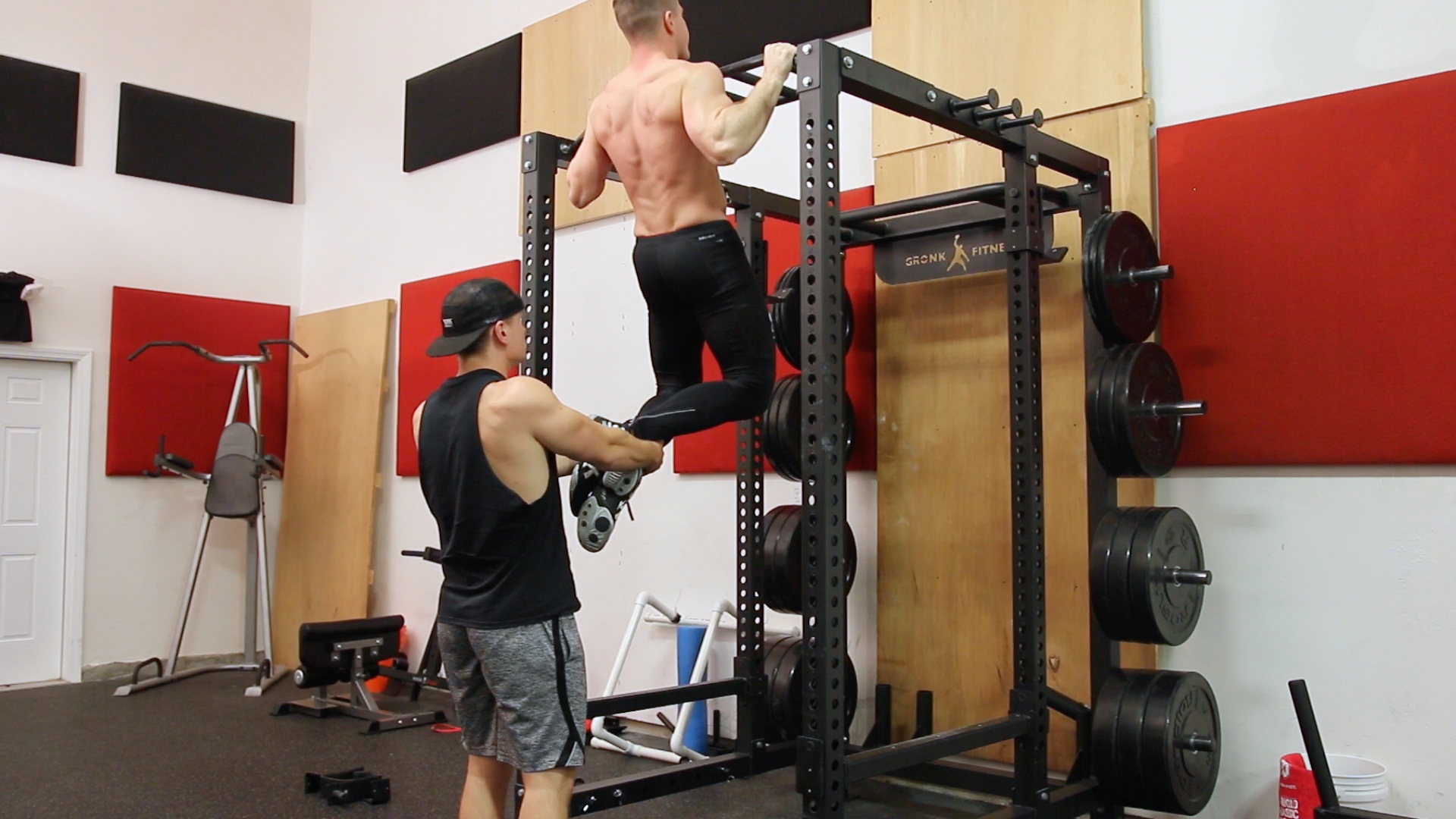
And finally, a third way you can progress is by doing different variations of the pull-up such as neutral-grip pull-ups, muscle-ups, ultra-slow pull-ups, or even by boosting the intensity of your reps by taking less rest between sets.
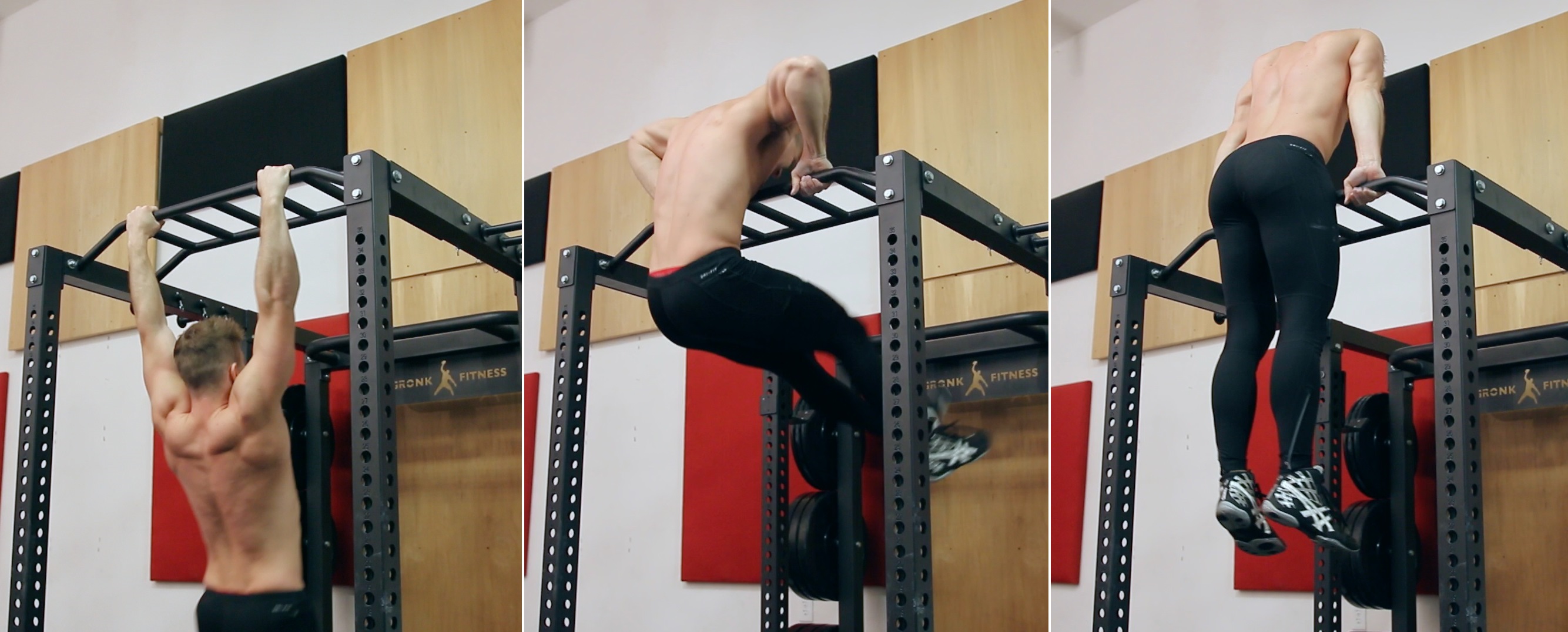
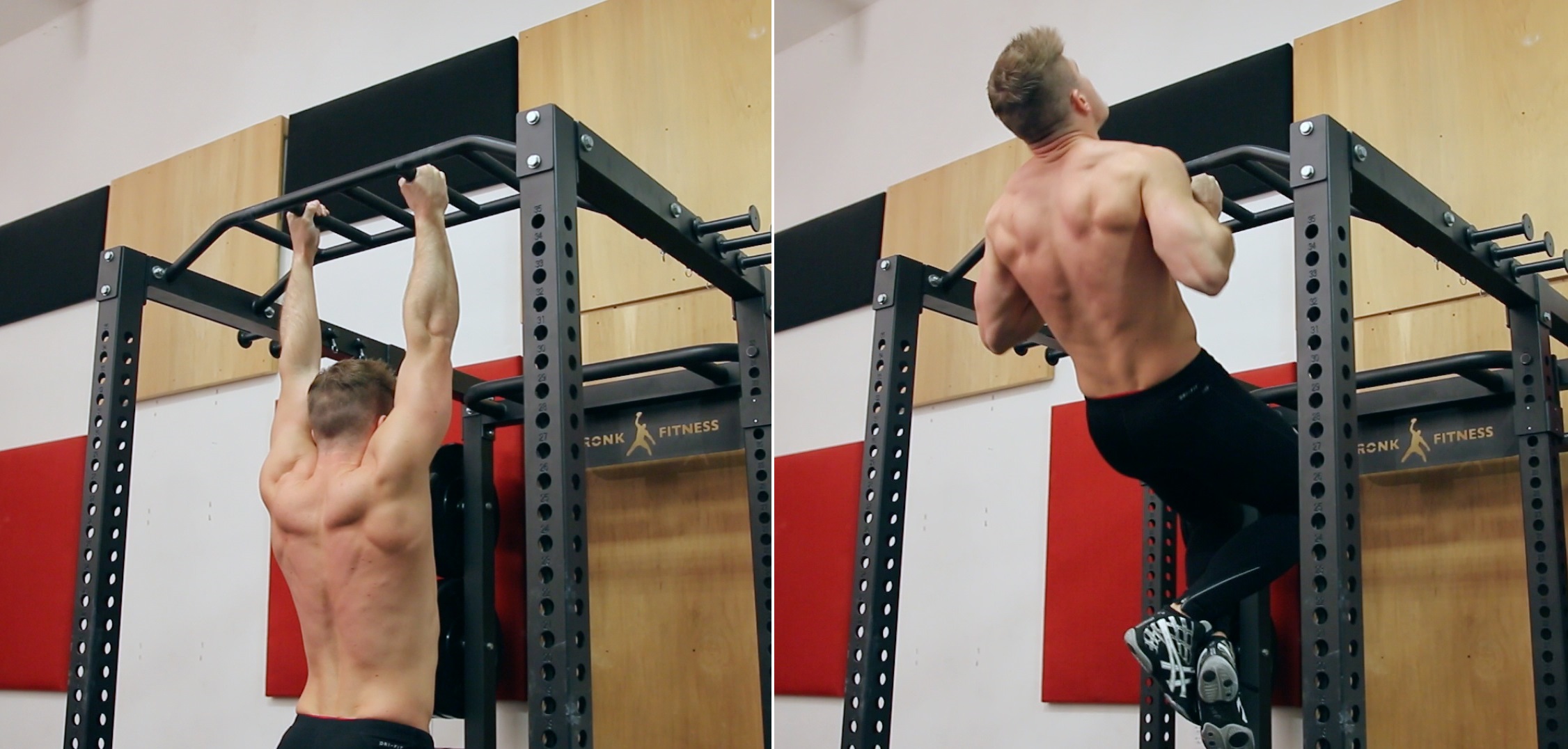
Conclusion
Remember that failing to progress with the pull-up, just like any other exercise, eventually renders the exercise useless because you’re not gaining ANYMORE strength or muscle mass from doing it. Your body simply grows accustomed to the resistance and doesn’t feel the need to adapt or grow. And why should it? You’re not providing your back with any stimulus to grow or become stronger. You need to always venture BEYOND your limits on every single workout if you are serious about building a strong body and a lean, muscular physique.








